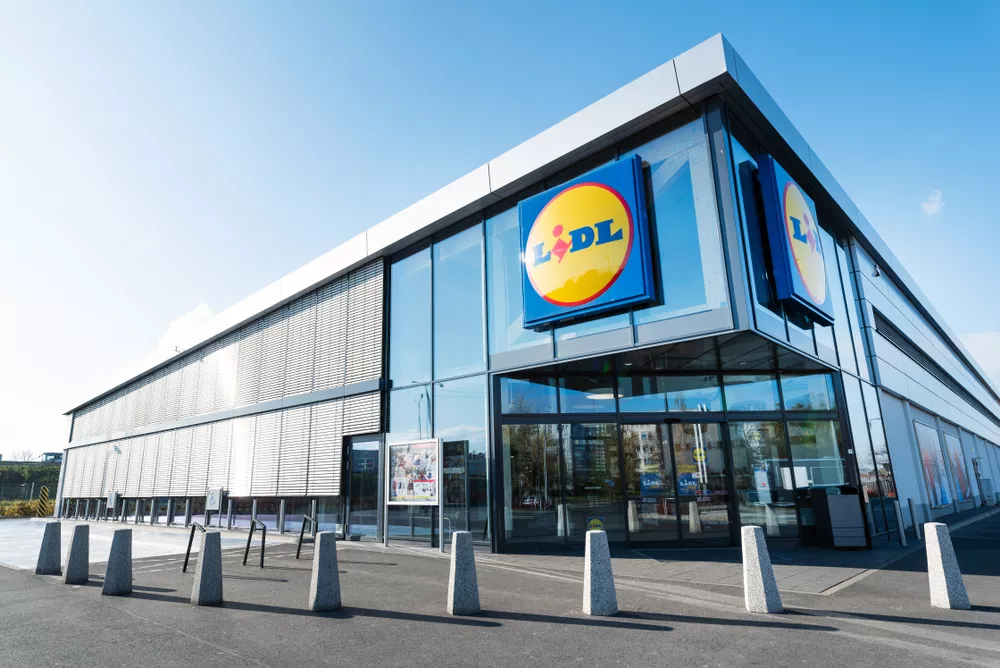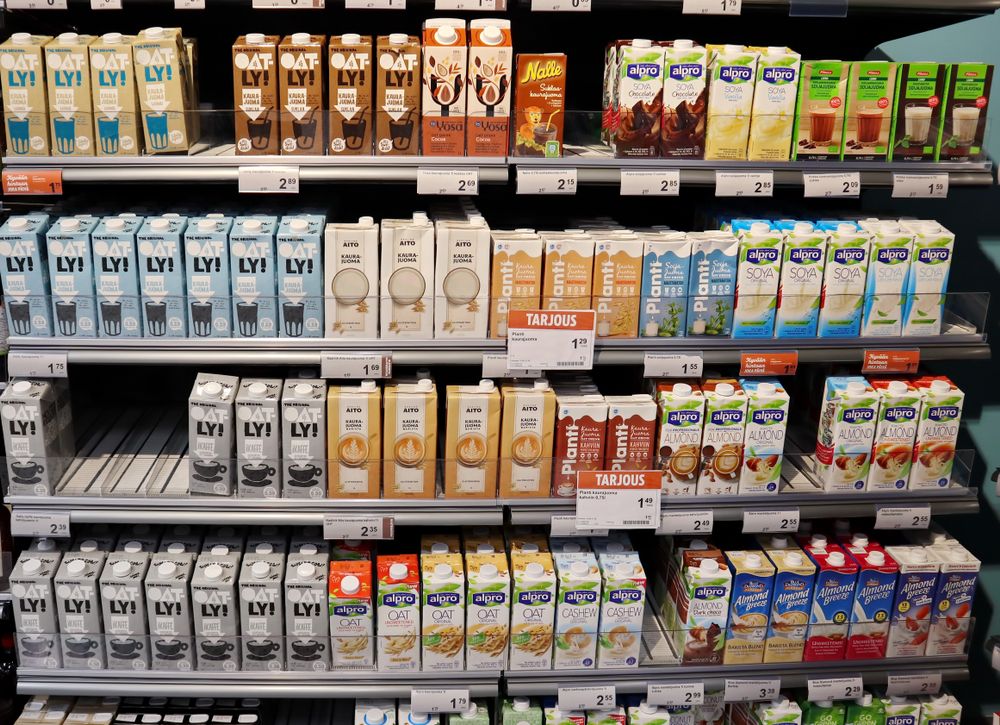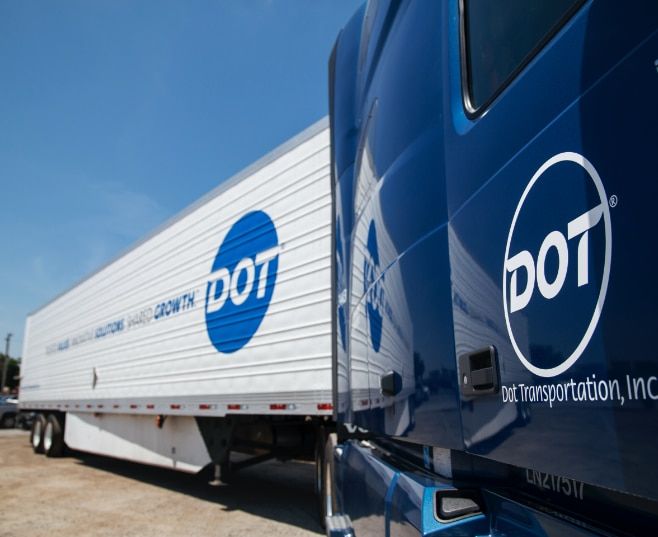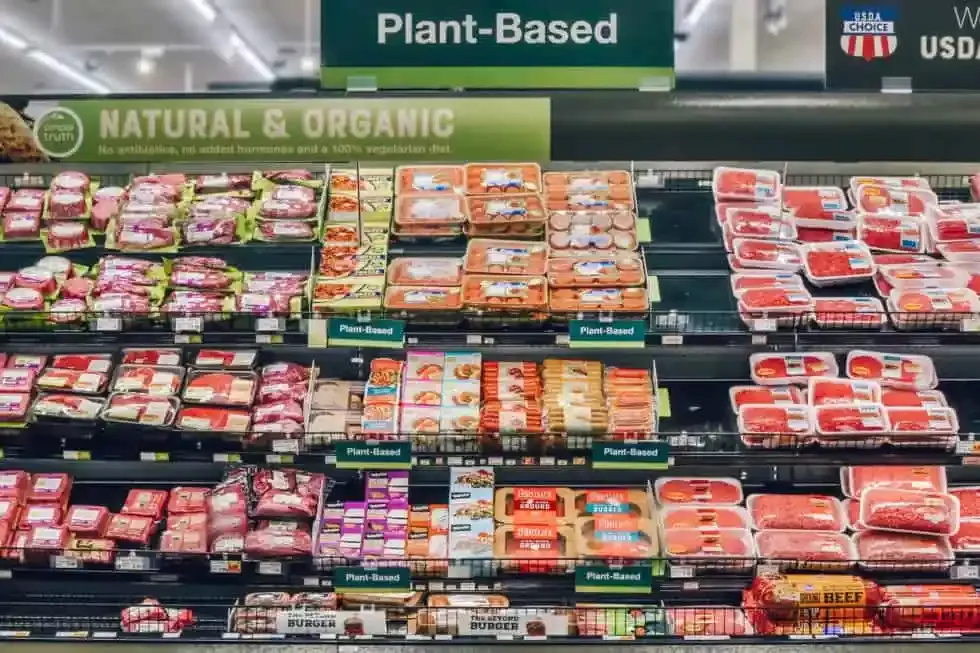From Basket to Table: How Plant-Based Fits into 2025’s Retail Food Trends
Spring and summer 2025 are ushering in a new phase of grocery retail where practicality meets purpose. Consumers are cooking more at home, looking for globally inspired meals, scanning labels for clean ingredients, and tightening their budgets without compromising on quality. In this evolving environment, plant-based products aren’t just holding their ground—they’re quietly becoming staples.
In this article we explore top trends in food retail and how to make your store a destination for shoppers with a modern set of needs.
Trend 1: Value-Conscious Innovation
With inflation still influencing grocery bills, shoppers are hunting for value across every aisle. But they’re not willing to trade taste or health for price. Retailers like Trader Joe’s have cracked the code by offering their own-label vegan products—from meatballs to dairy-free cheeses and sauces—that rival branded alternatives in both quality and affordability. Their success shows that plant-based innovation doesn’t have to come with a premium price tag, and when done right, can win broad consumer loyalty.
Trend 2: Elevated Everyday Cooking
Today’s shoppers are channeling their inner chefs, using pantry staples and frozen conveniences to build dishes that feel gourmet. This trend plays right into the hands of plant-based brands offering items like satay sauces, lentil-based pastas, or cauliflower flatbreads. These products become the base for flavorful, global meals, making plant-based cooking accessible and exciting—not just a niche for vegans.
Trend 3: Clean Label Expectations
Fewer ingredients. No artificial additives. Easy-to-understand labels. These shopper expectations are driving how products are developed and marketed in 2025. But here’s the nuance: fewer ingredients don’t always mean more nutrition. Cornflakes with “just one ingredient” sound healthy but lack fiber, protein, or added nutrients. Smart plant-based brands are navigating this space by creating clean-label products that still offer functional value—think fortified milks, whole-food snacks, and fiber-rich meat alternatives.
Trend 4: Functional Snacking
Plant-based isn’t just about main courses anymore. Shoppers want snacks that work as hard as they do—supporting energy, digestion, or even mood. Whether it’s a protein brownie bite, a chickpea puff, or a kombucha that touts gut benefits, plant-based snacks are evolving into health tools that also satisfy cravings.
Trend 5: Cross-Aisle Integration
Perhaps the biggest shift? Plant-based foods are no longer relegated to a “special diet” section. In leading retailers, you’ll find oat milk next to dairy, vegan ravioli next to traditional, and plant-based nuggets in the same freezer as their chicken counterparts. This integration helps all consumers see plant-based as a choice—not a compromise.
Conclusion
For retailers, the takeaway is clear: the winning formula in 2025 is to offer plant-based options that deliver on taste, price, health, and convenience—and to stock them where shoppers expect to find their everyday essentials. Plant-based has left the niche and joined the mainstream, one cart at a time.







